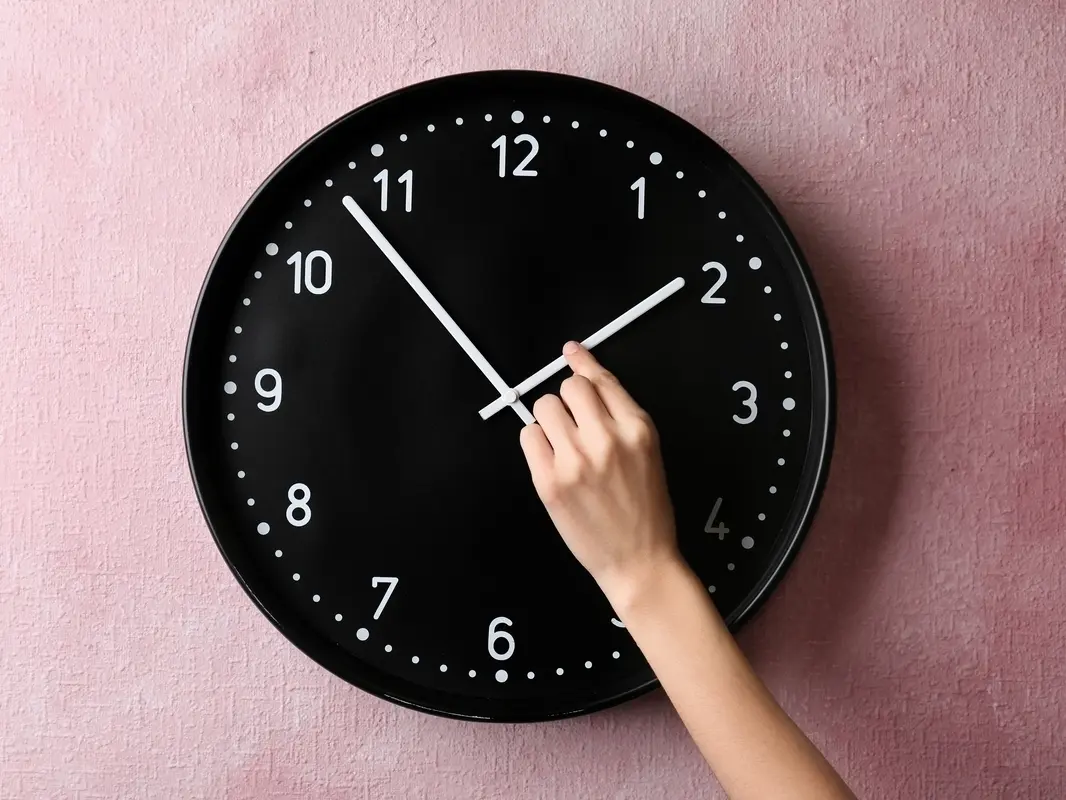Californians are gearing up to set their clocks back an hour this weekend, marking the end of daylight-saving time. Despite growing criticism and calls for change, the biannual time change ritual seems set to continue, raising questions about the need for its persistence.
The shift back to standard time will occur at 2 a.m. on Sunday, November 5, as clocks “fall back” an hour, taking us back to standard time. This timekeeping pattern will persist until the second Sunday in March when daylight-saving time is once again set to commence, and we “spring forward.”
Critics of this yearly clock adjustment argue that it is an outdated and unnecessary practice, potentially disruptive to people’s health and sleep patterns. In fact, Californians demonstrated their opposition to the practice by approving a ballot measure in 2018 advocating for the adoption of permanent daylight-saving time. However, the time change continues as scheduled. Here’s an overview of some key facts about daylight-saving time:
What is daylight-saving time? Daylight-saving time was introduced in 1918 when Congress passed a law aimed at conserving energy costs during World War I. The Department of Defense notes that this practice was implemented as a wartime measure. However, it was repealed a year and a half later after the war’s conclusion. Subsequently, Congress reinstated daylight-saving time in 1942 during World War II. After the end of World War II in 1945, the law was repealed once again, allowing individual states to establish their own standard time.
Over the next two decades, a lack of uniform rules created confusion in various industries, particularly in transportation and broadcasting. This situation changed in 1966 when Congress passed the Uniform Time Act, which established a national standard time, thereby superseding local time standards. This act set daylight-saving time from the last Sunday in April to the last Sunday in October.
The law has undergone several revisions since, affecting the dates for springing forward and falling back. The current policy, introduced in 2005, extended daylight-saving time by several weeks.
Although most U.S. states adhere to the yearly time change, exceptions include Hawaii and Arizona, along with several American territories like Guam and Puerto Rico, all of which opt out of daylight-saving time in favor of year-round standard time. The Navajo Nation in northeastern Arizona, however, follows daylight-saving time.
When does daylight-saving time start and end? The commencement of daylight-saving time occurs on the second Sunday of March each year, when people “spring forward” by setting their clocks an hour ahead, resulting in the loss of one hour of sleep. The practice concludes on the first Sunday of November at 2 a.m., as clocks “fall back” one hour, returning to standard time.
Didn’t Californians vote to abolish daylight-saving time? In 2018, California voters approved Proposition 7, a ballot measure aimed at potentially establishing daylight-saving time as a permanent arrangement in the state. However, this legislation imposes a high threshold: it necessitates two-thirds approval by the state Legislature, the governor’s signature, and endorsement from the U.S. Congress.
Currently, proposed federal and state laws that seek to institutionalize permanent daylight-saving time lack the required support. While the U.S. Senate unanimously passed the Sunshine Protection Act in 2022, a bill aimed at making daylight-saving time permanent, it faced defeat in the House. Although reintroduced this year, the bill has made limited progress.
